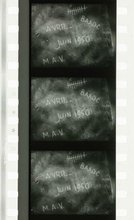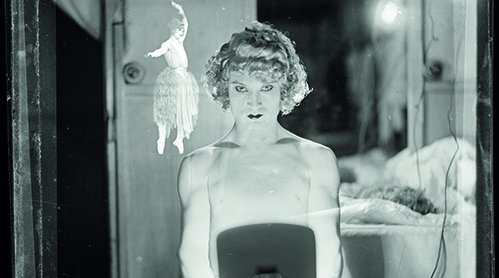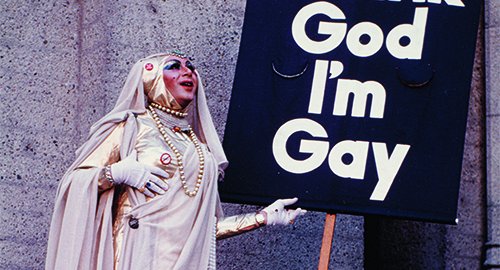Exhibition
Over the Rainbow
28 Jun - 13 Nov 2023

The event is over

Jean-Baptiste Carhaix, « Sister Sadie the Rabbi Lady » (1983). © Jean-Baptiste Carhaix, Courtesy Galerie Vrais Rêves, Lyon Photo : © Centre Pompidou, MNAM-CCI/Bibliothèque Kandinsky/Dist. RMN-GP
This exhibition brings together more than five hundred artworks and documents, mainly from the Centre Pompidou collection. It sets out to show how, since the beginning of the twentieth century, artists have contributed to transforming the representation of so-called "minority" sexualities and have participated in the struggles of LGBTQIA+ communities for recognition of their rights. They thus accompanied a liberation movement that saw the formation of transgressive, partly underground subcultures that paved the way in the late 1960s for demonstrations of fully exercised militant action in the public arena.

Jean-Baptiste Carhaix, « Sister Sadie the Rabbi Lady » (1983). © Jean-Baptiste Carhaix, Courtesy Galerie Vrais Rêves, Lyon Photo : © Centre Pompidou, MNAM-CCI/Bibliothèque Kandinsky/Dist. RMN-GP
Far from presenting a one-dimensional narrative, "Over the Rainbow" proposes a constellation of diverse artworks whose common feature is that each in its own way affirms what homophobic representation denigrates. The works presented are rooted in an eminently social dimension, mainly in disciplines of mechanical reproduction, such as film and printed matter, the only ones likely to provide broad dissemination. The collections of the Kandinsky Library are thus largely solicited: thanks to the institutional support of Gilead Sciences, they have recently been enriched with several hundred items – illustrated books, photographs, reviews and queer zines – forming a vast archive of LGBTQIA+ visual culture from the 20th and 21st centuries.
The exhibition presents a series of ensembles based on the Centre Pompidou collection: Natalie Clifford Barney's lesbian salon, the scene of artistic fermentation of alternative thought at the intersection of disciplines; the homoerotic work of Jean Cocteau, the author after André Gide of one of the first militant literary works, Le Livre blanc (The White Notebook, 1928); between-the-wars photography, a medium favoured by Florence Henri and Raymond Voinquel for the expression of homosexual desire; the theatre of inversion in Paris in the Roaring Twenties, when genders blurred or switched in the eye of Brassaï or Gerda Wegener; the "black homosexuality" of Jean Genet in Querelle de Brest (Querelle of Brest, 1947) and Un chant d’amour (A Song of Love, 1950); the emergence of leather culture in the late 1960s with Kenneth Anger and Nancy Grossman; the graphic and video productions of 1970s activism around the Front Homosexuel d’Action Révolutionnaire (FHAR, Homosexual Front for Revolutionary Action); the response of anti-AIDS artist collectives like Boy / Girl with Arms Akimbo to the inaction, even denial, of the authorities; the assertion of queer theory in the 1990s and the development of contemporary art forms that blend questions of gender, ethnic origin and/or social class with questions of sexuality.
This other view of the Centre Pompidou collection highlights artists' contributions to the struggles of the LGBTQIA+ communities since the beginning of the 20th century.
When
11am - 9pm, every days except tuesdays
Some of the works presented in this exhibition may offend the sensibilities of people due to their sexually explicit nature.
Minors are not recommended to enter the exhibition.
Booking strongly recommended
Where
Partners
Avec le soutien institutionnel de

Et du soutien de
![]()
Jean-Baptiste Carhaix, Sister Sadie the Rabbi Lady (1983)
© Jean-Baptiste Carhaix, Courtesy Galerie Vrais Rêves, Lyon









